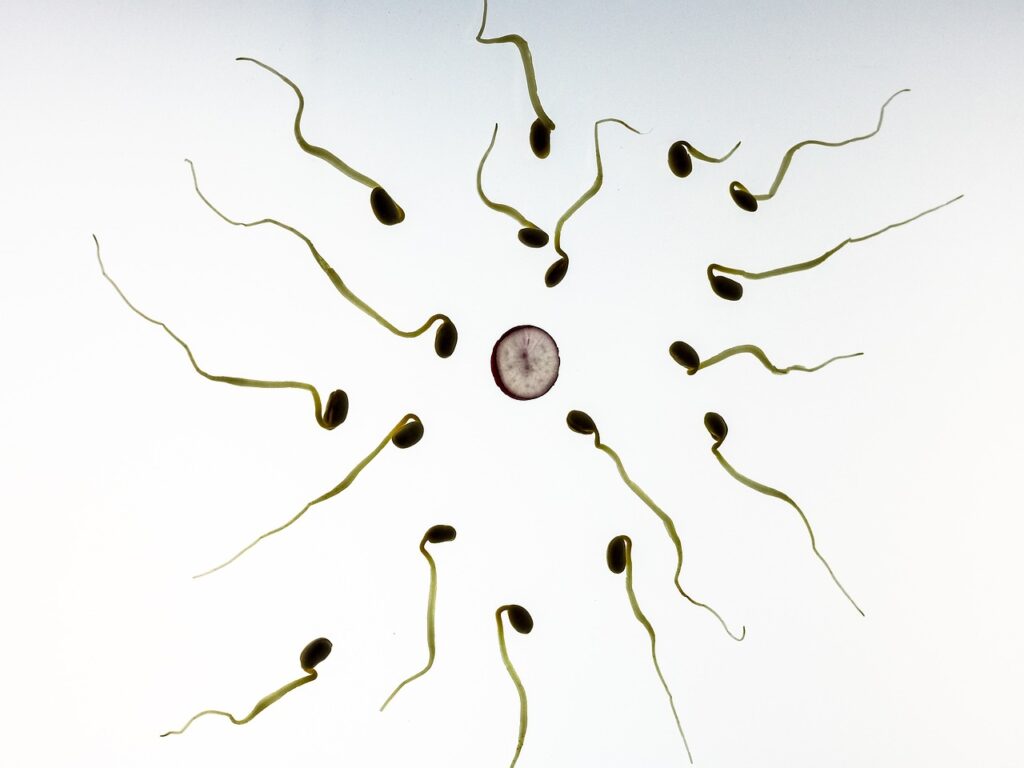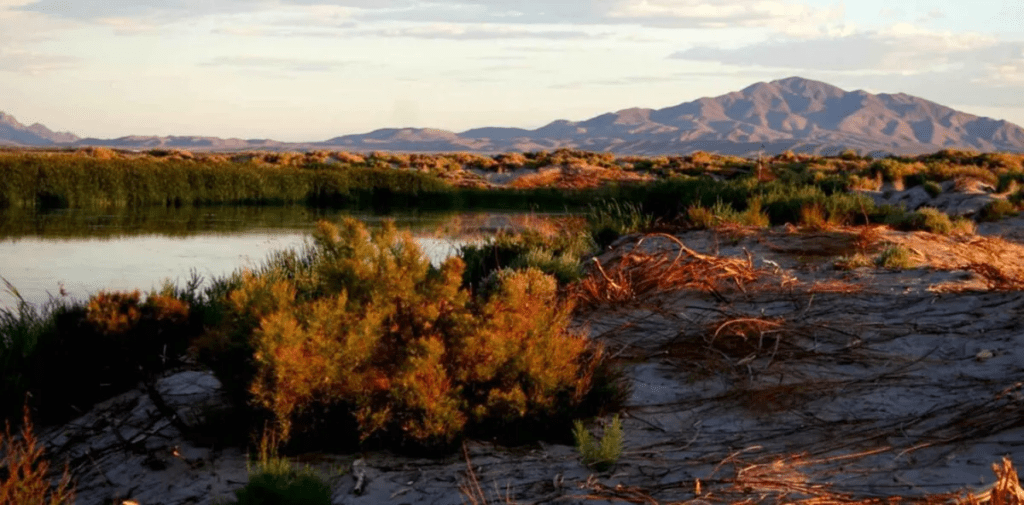Emerging from the quiet town of Landéda, in Brittany, France, Tanguy Mélinand’s unique approach to fashion is raising eyebrows worldwide. Inspired by the verdant seaweed-laden coastlines of his hometown, this 23-year-old visionary is rewriting the fashion rulebook with an unlikely hero – seaweed. While Mélinand’s venture might seem unconventional, the question is: could this be the next frontier in sustainable fashion?


Seaweed: From Sea to Studio
The seaweed journey starts at the picturesque Sainte-Marguerite beach, where Mélinand harvests various species, notably kelp, royal kombu, and Laminaria digitata. The seaweed undergoes a secret process, patented by Mélinand himself, resulting in a material resembling leather in texture. Far from the ocean’s briny odor, the processed seaweed is virtually odorless, and its color matures beautifully under sunlight.
Turning the Tide in Fashion Design
Armed with his seaweed leather, Mélinand has crafted a series of fashion pieces that are as stunning as they are eco-friendly. His debut collection includes a jacket, skirt, and trousers, designed in a “workwear” style. Intriguingly, the seaweed garments’ touch is a novel sensation, unlike any conventional fabric. But how does this innovation balance with the industry’s demands for durability, comfort, and style?


A Green Future?
Mélinand’s seaweed initiative is certainly a breath of fresh air, both for its inventiveness and environmental potential. However, questions arise when we consider scalability and commercial viability. How long does it take for seaweed to mature into a usable material, and what are the implications on local ecosystems from large-scale harvesting? Furthermore, how does seaweed leather fare against the wear and tear of daily use, and how does it react to different weather conditions? All these questions might be left unanswered if more attention isn’t brought to this natural material, which holds potential.
Similar Post
Seeking the Path Forward
Navigating these waters will require Mélinand to find a balance between his innovative vision and the realities of the fashion industry. Presently, he’s seeking support and advice from algae-specializing labs, along with financial backing to help further his research. His immediate goal is to exhibit in galleries across Europe, gradually democratizing seaweed’s role in fashion and, eventually, launching his own brand. Mélinand’s journey is a testament to the power of innovation and the potential that lies at the intersection of fashion, sustainability, and the natural world. It will be intriguing to see how he navigates the challenges ahead, and if his seaweed revolution will take root in the broader fashion world. The question remains, are we on the cusp of a new era in fashion, one driven by the raw power of nature itself?


















